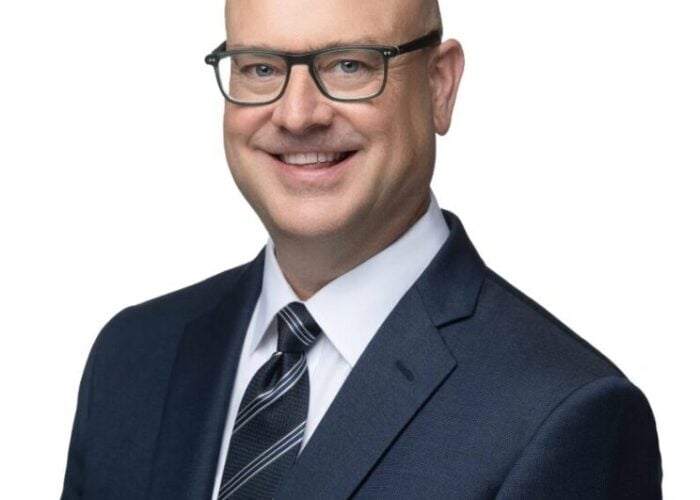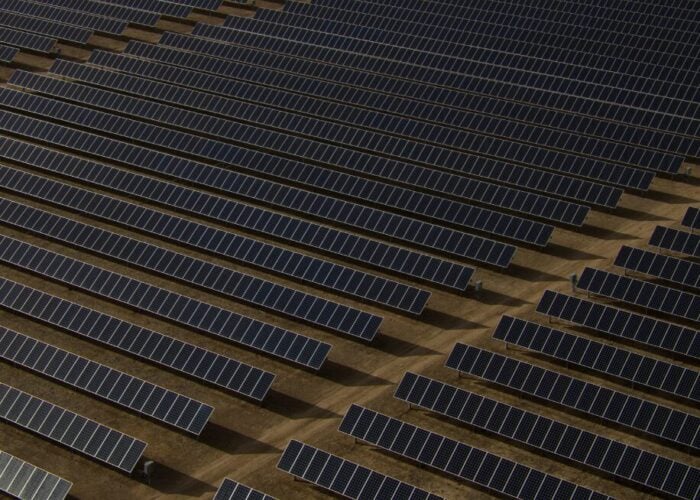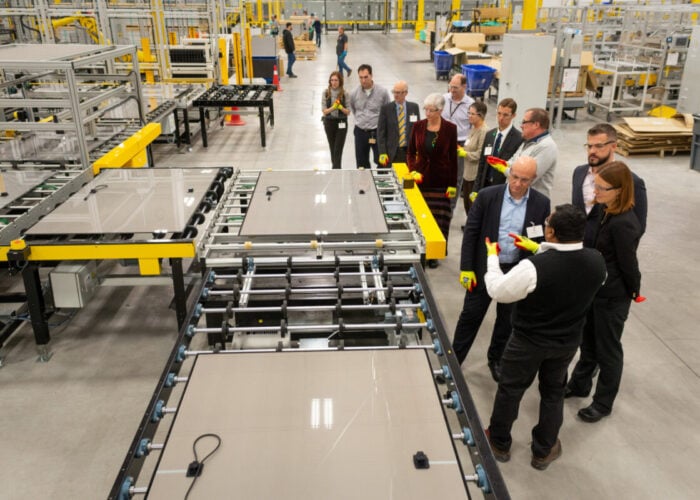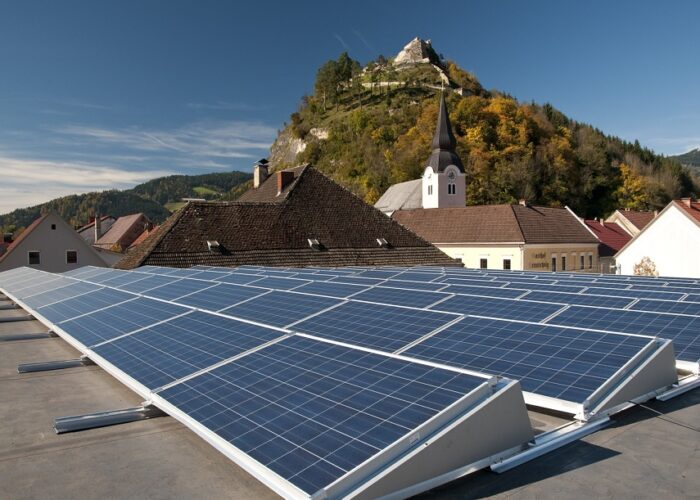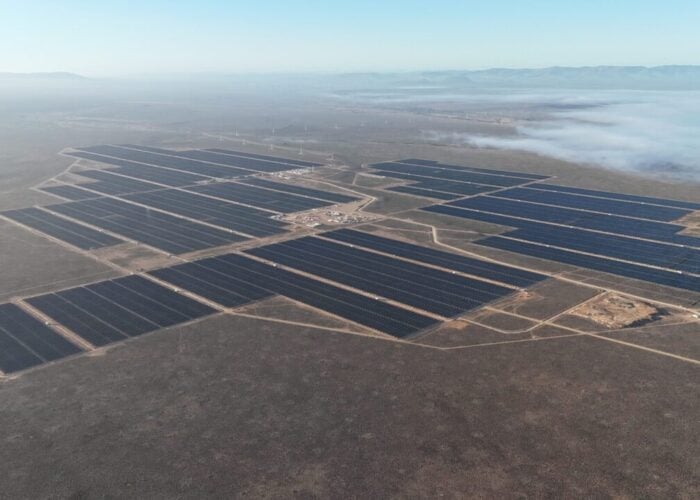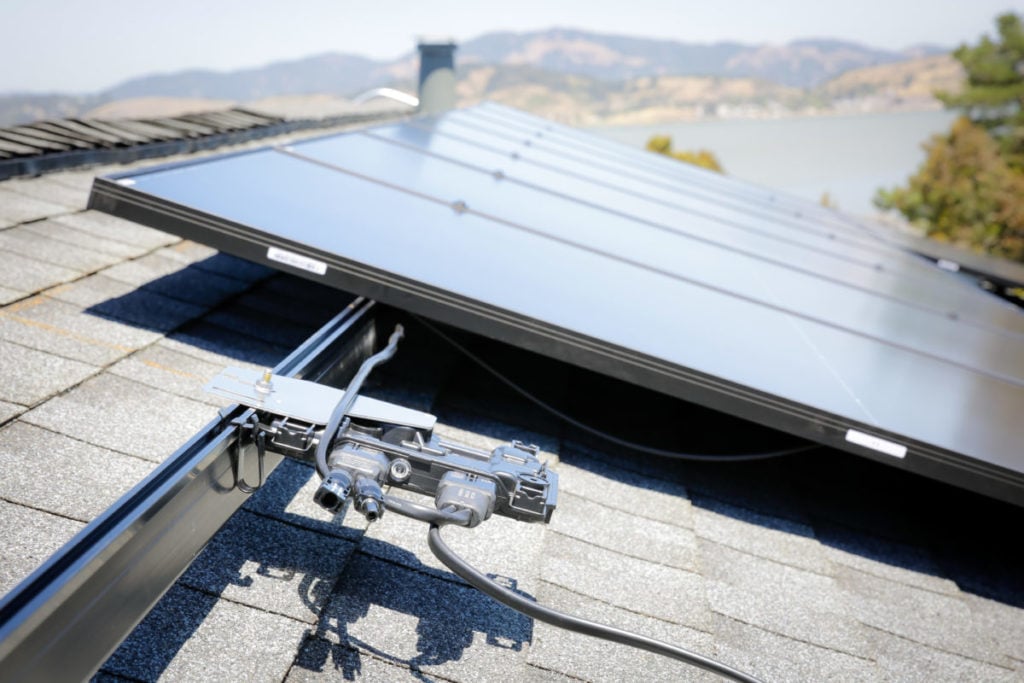
US microinverter producer Enphase Energy posted increased revenues, margin and income in Q3 2025, as it doubles down on its US manufacturing operations.
Revenue for the quarter was US$410.4 million, the highest for the company in the last two years and an increase from US$363 million in Q2 and US$380 million in Q3 2024.
Try Premium for just $1
- Full premium access for the first month at only $1
- Converts to an annual rate after 30 days unless cancelled
- Cancel anytime during the trial period
Premium Benefits
- Expert industry analysis and interviews
- Digital access to PV Tech Power journal
- Exclusive event discounts
Or get the full Premium subscription right away
Or continue reading this article for free
Net income was US$66.6 million, close to twice the US$37 million posted in Q2, and the company’s margin for the third quarter was 47.8%. Enphase’s basic earnings per share also jumped, from US$0.28 in Q2 to US$0.51 in Q3.
The company shipped around 1.77 million microinverters from July through September, equating to 784.6MWdc of capacity, and a “record” 195MWh of batteries. Over 1.5 million of its microinverters and 67.5MWh of batteries were produced in the US, where Enphase has manufacturing facilities in Texas and South Carolina. The company had previously announced its intention to ship 1.1 million US-made microinverters in Q3 2025.
The company produced its IQ8HC Microinverters, IQ8P-3P Commercial Microinverters, IQ Battery 5Ps, and IQ Battery 10Cs at the facilities in Q3, which were booked for Section 45X Advanced Manufacturing Credits, offered under the Inflation Reduction Act (IRA). Enphase said the products also meet domestic content requirements.
President Trump’s “reciprocal” global tariffs on imports to the US pushed Enphase’s margin down by 4.9% in Q3, a greater impact than in Q2 but still in line with the company’s forecasts for the quarter. The majority of the tariffs’ impacts are on Enphase’s battery business, due to its reliance on Chinese battery cells, whereas its microinverter supply chain has already been diversified.
Last quarter, Enphase’s CEO, Badri Kothandaraman, said the company would be “On track to have non-China cells by the end of this year”. But its Q3 earnings report made no mention of China or battery cell sourcing. The recent meeting between Trump and Chinese premier Xi Jinping reportedly saw a reduction in US tariffs on China, which could reduce pressure on Enphase’s supply.
Inverter manufacturers, including Enphase, have faced an adverse market over the last year. Back in November 2024, the company announced 500 job cuts and abandoned plans for a manufacturing contract in Mexico; its 2024 financial results reflected the challenging market conditions, as do its sales figures in the graph above.
Declining residential demand in the US and Europe and falling costs due to increased competition from Chinese imports put pressure on Western inverter producers (Premium access).

